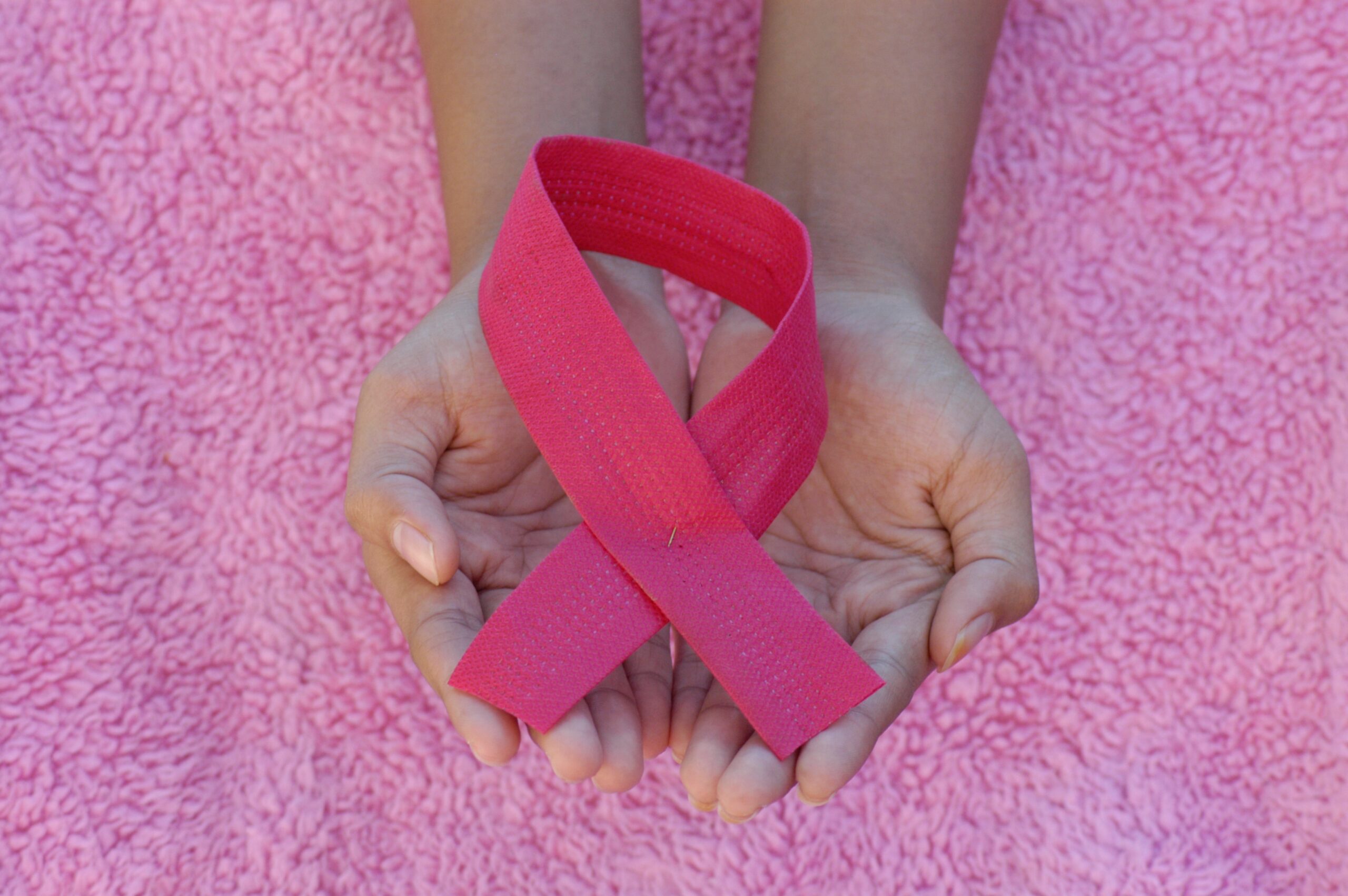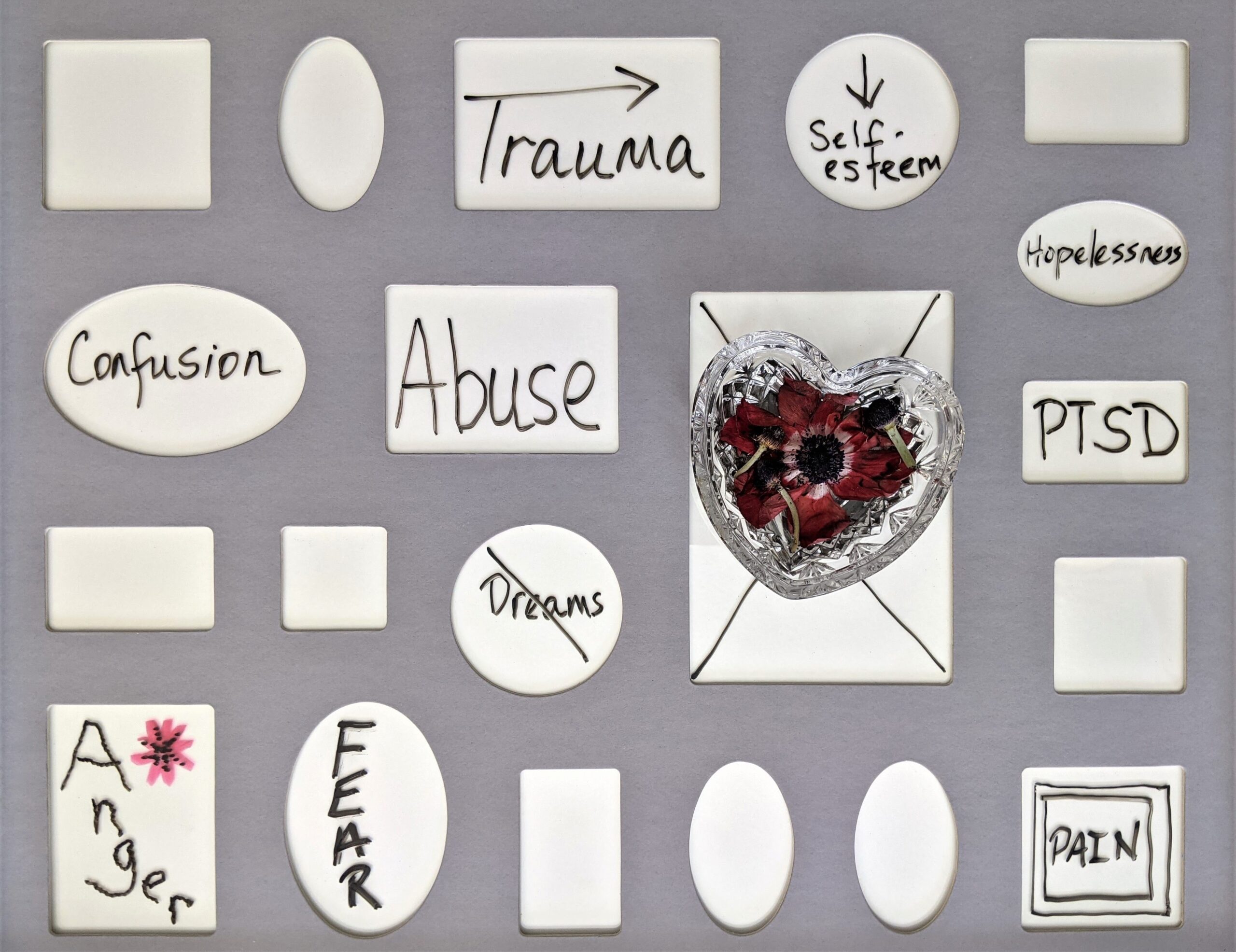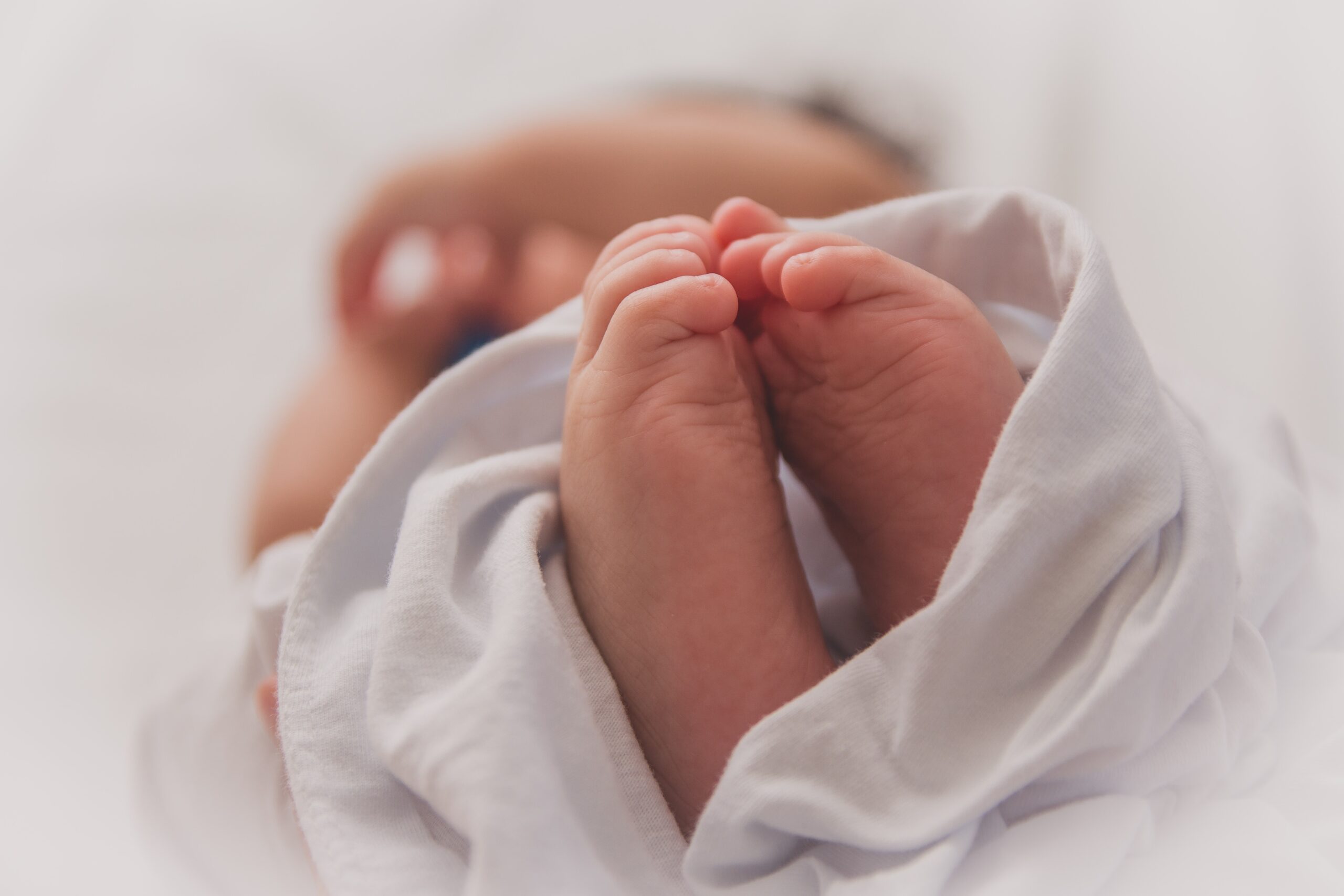Debunking Common Myths About Pubic Hair

Pubic hair is a natural and normal part of our bodies, yet it remains a topic that is often shrouded in myths and misconceptions. In this article, we will debunk some of the most common myths surrounding pubic hair, providing you with the facts and information you need to make informed decisions about your own grooming practices.
Myth 1: Shaving Makes Pubic Hair Grow Back Thicker
One of the most prevalent myths about pubic hair is that shaving it will cause it to grow back thicker and coarser. However, this is simply not true. When you shave any hair, including pubic hair, it may appear thicker because you are cutting it at its thickest point. But in reality, the hair grows back at the same rate and thickness as before.
Furthermore, shaving does not affect the hair follicle or the rate of hair growth, so you can rest assured that your pubic hair will not become unruly if you choose to shave it.
Myth 2: Removing Pubic Hair Increases the Risk of STIs
There is a common misconception that removing pubic hair increases the risk of sexually transmitted infections (STIs). However, there is no scientific evidence to support this claim. The presence or absence of pubic hair does not affect the transmission or prevention of STIs.
It’s important to note that practicing safe sex, such as using condoms and getting regular STI screenings, is the most effective way to reduce the risk of contracting STIs, regardless of your grooming habits.
Myth 3: Pubic Hair is Unhygienic
Contrary to popular belief, pubic hair is not unhygienic. In fact, pubic hair serves a purpose. It acts as a barrier, helping to protect the delicate skin in the pubic area from friction and irritation. Additionally, pubic hair can help to regulate moisture and prevent the growth of harmful bacteria.
Of course, personal hygiene is important, but removing pubic hair is a matter of personal preference rather than a necessity for cleanliness.
Myth 4: Pubic Hair is Dirty
Another common myth is that pubic hair is inherently dirty. However, this is not the case. Like any other hair on our bodies, pubic hair can become dirty if not properly cleaned. Regular washing with water and mild soap is sufficient to keep the pubic area clean and fresh.
It’s worth noting that removing pubic hair can actually increase the risk of irritation and infection, as the skin in the pubic area may become more exposed and prone to friction without the protective barrier of hair.
Myth 5: Pubic Hair Removal is Painful
While some methods of pubic hair removal, such as waxing, may be uncomfortable or painful for some individuals, there are various options available that are relatively pain-free. Shaving, for example, is a popular and painless method of pubic hair removal.
It’s important to choose a method that suits your personal preferences and comfort level. If you find a particular method to be painful, there are always alternative options to explore.
Conclusion
By debunking these common myths about pubic hair, we hope to empower you to make decisions about your own grooming practices based on accurate information and personal preference. Remember, there is no right or wrong way to groom your pubic hair – it’s all about what makes you feel comfortable and confident in your own skin.
Next time you hear a myth about pubic hair, you can confidently set the record straight and educate others about the facts. Embrace your body, embrace your choices, and embrace the diversity of pubic hair!




